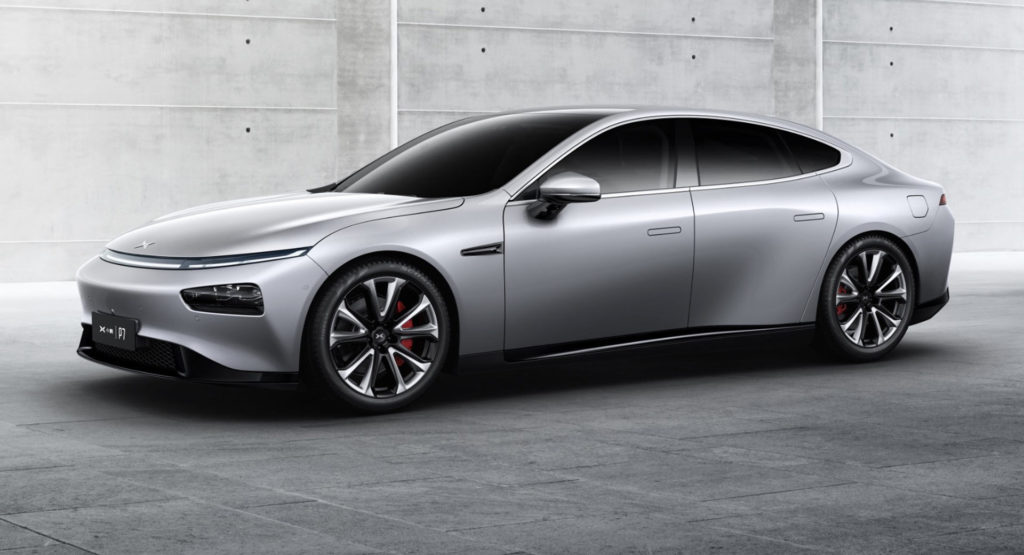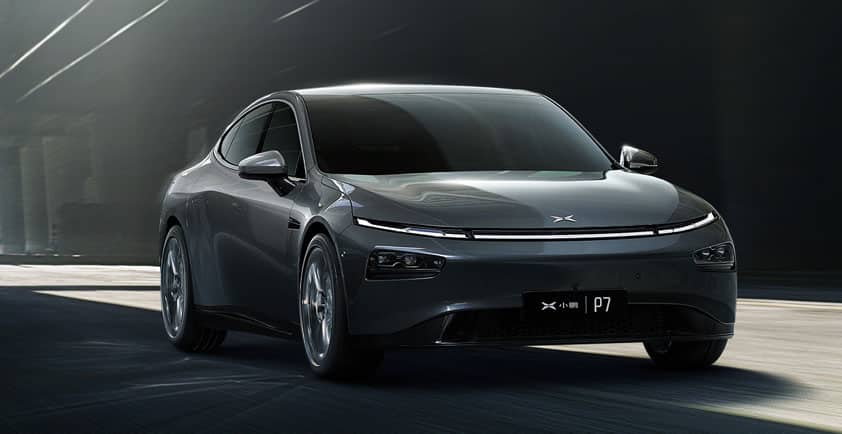For the customer who wants to buy an electric car and want it to complete long trips, three key factors will determine their decision: range, recharging network, and driving aids.
In China, there is a very competitive price for Xpeng, which, as we remembered last year, launched the P7 electric sedan. A model endowed with competent technical characteristics, a beautiful design to which you can add the deployment of its fast charger network, and a self-piloted driving system that in the latest tests shows a more than remarkable performance.
We are talking about the Navigation Guided Pilot. A technology controlled by NVIDIA’s powerful DRIVE Xavier computer. The world’s first processor designed for autonomous driving enables the P7 to operate its XPILOT3.0 and XPILOT2.0 systems simultaneously to provide the car’s redundancy to take control without the need for driver supervision.
This controls a system of multiple fronts, side, and rear cameras, which cover a field of vision of more than 180 °. They are capable of offering autonomy in tight curves and recognition of vehicles approaching from multiple angles. The P7 is equipped with the first new-generation millimeter-wave radar sensors, with a detection distance of more than 200 meters, capable of penetrating elements such as rain, fog, and mist to perceive the environment in conditions of reduced visibility. It also has four other millimeter-wave radars placed at each corner of the vehicle.

The autonomous driving system is completed by a high-precision, high-definition mapping system from AutoNavi. GPS / RTK / IMU positioning hardware enables centimeter-level positioning accuracy, or less than 0.3%, thanks to real-time positioning map construction (SLAM) technology. These complementary features effectively enhance the stability and safety of the P7’s autonomous driving function in overpasses, tunnels, or in adverse weather conditions.
As we can see in the video, the operation during the time it has been tested has been almost perfect, performing the tasks of keeping the car within the lane and performing automatic operations such as taking exits off the highways.
A technology in full development that this February will receive a new update that will allow it to continue with its development, adding elements such as a camera driver control, which will allow selecting between the power by pressure on the steering wheel, giving a warning every 40 or 45 seconds, or keeping your eyes on the road.

